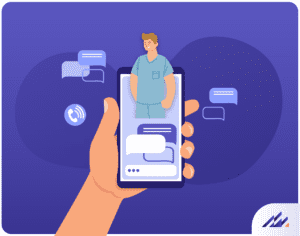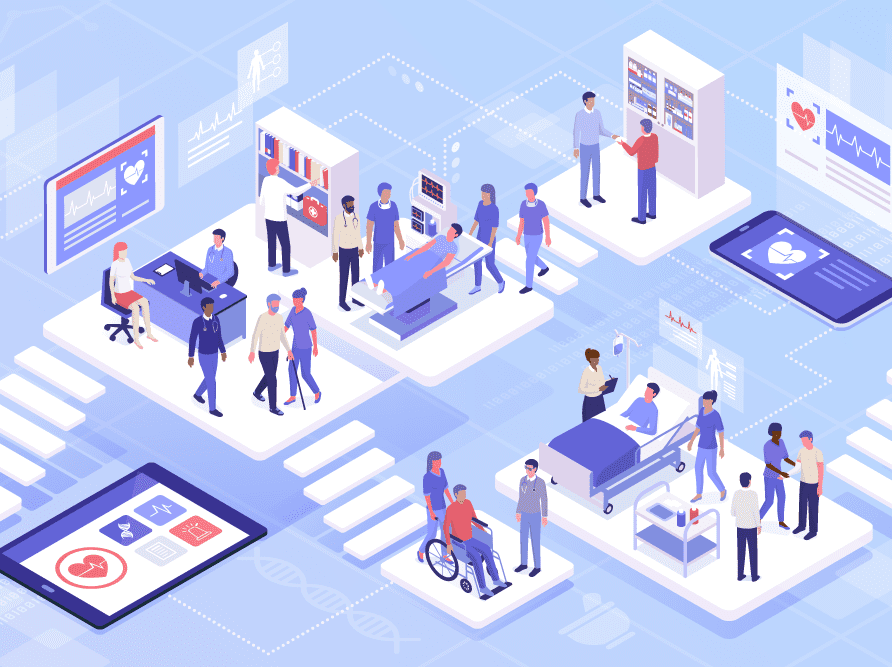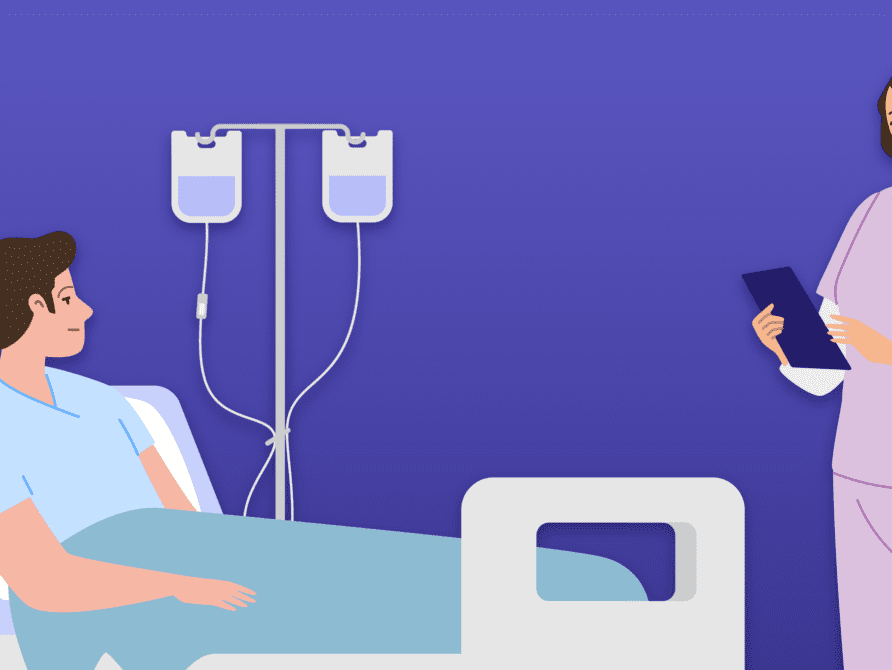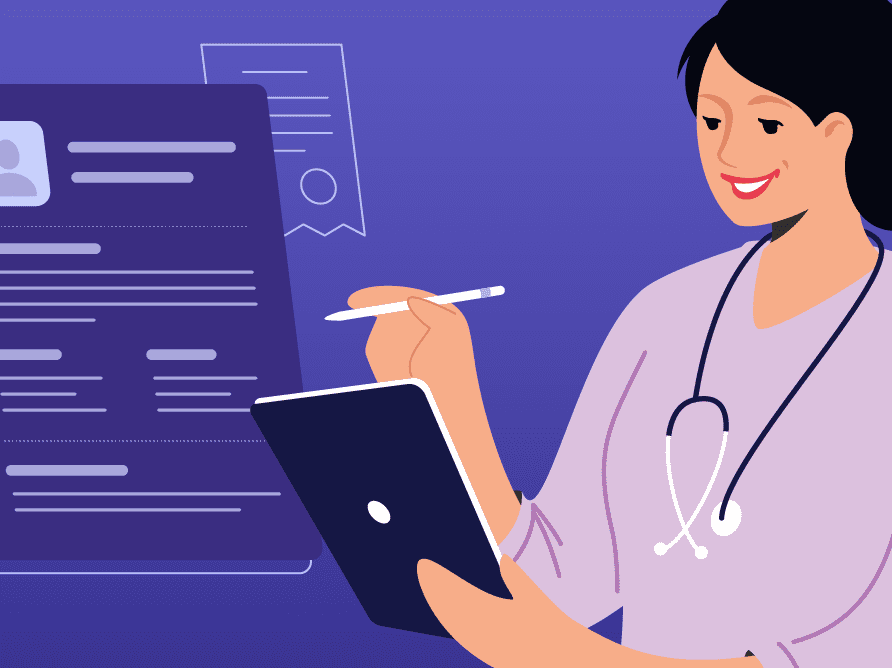Article
Nurses and the importance of clinical communication in the age of technology
If you’ve ever been in a hospital as a patient, or with a loved one who’s seeking care, you’ve likely noticed the rate at which the nursing staff performs their duties. The speed at which all clinicians can verbally impart critical patient data to each other can be astounding, from vital signs and fall risks, to microbes and medication volumes. While this information might seem overwhelming, it is nonetheless critical for ensuring the best possible patient care. It also drives better efficiencies across the wards and improves patient safety. Which is why Communicating for Safety continues to be one of the standards assessed by the Australian Commission on Safety and Quality in Healthcare.
As a nurse, I can personally attest to the importance of communication. I can also say outright that it is a methodical part of our jobs and one we take seriously. From the start of each shift we are “handing over” patients to other nurses, then doing the same process with the doctors during their ward round, and then with the myriad other clinicians that assess our patients during the day, such as physiotherapists, dietitians, care coordinators and more. In today’s modern healthcare landscape, nurses are at the core of patient care, the constant thread stitching together the various departments needed for holistic patient care. They interact with health IT solutions at a staggering pace all while still upholding clear and consistent paths of communication.
It is not that long ago, before our EMR was implemented, that to request a medication from pharmacy nurses needed to take a photocopy of the medication chart, highlight the medications not available in the ward stock on the copied sheet, then fax the copied sheet to pharmacy, then stamp it with the date and time it was sent and finally file the sheet in the patients paper record. Frankly, I’m exhausted even thinking back to that time. Now, using the EMR, I simply place an order for the missing item, and once the pharmacist receives the order, they can see every medication the patient needs plus the medical and nursing notes that provide a comprehensive picture—helping the pharmacist complete tasks more effectively.
In this digital age of healthcare, as well as in honour of International Nurses Day and Nurses Month, I want to recognise how nurses use technology to bolster communication and better patient flow across the entire hospital.
Communication and the EMR
Hospitals can be places of controlled chaos. And while that might come off as glib or oxymoronic, there is a lot of truth to it. When I was working my nursing shifts, on top of being charged with caring for multiple patients at a time and keeping clinicians updated, nurses were constantly communicating with the patients and their families. And as they were doing that, they needed to be sure they were interacting with the EMR accurately and efficiently. Nurses are constantly triaging patients as their needs are constantly changing. A patient’s condition can change quickly and patients with complex needs have multiple clinicians participating in their care, updating the plans and reviewing the patient records in the EMR. If an urgent CT may be required and a patient needs to leave the ward quickly, coordinating this can involve communicating with Medical Imaging, Orderlies for transport or oxygen bottles, Hospital Coordinators and the patient’s family. At each step, nurses have to inform as well as listen, and while it can be a lot to manage, but it is all extremely important.
All of the information collected by nurses affects key needs for each patient, and realistically, all of this information needs to be filtered through an EMR. For example, as I assess and talk with each patient, I input data that will help determine what type of bed the patient requires, what discharge planning and services they might require and how to keep them safe across the entire hospital environment. All to say, that as nurses, we need reliable and user-friendly digital tools to help us bring this information together in a concise and standardised format so that everyone has access to the right information. And this standardisation must help expediate patients through the hospital in a safe manner. The time spent calling for paper records, locating and then delivering paper records, is lost time, and it impacts our patients who are waiting for treatment and our clinicians’ ability to provide safe comprehensive care. We expect data at our fingertips—we have this at home, and we now expect it in our hospitals.
All of the information collected by nurses affects key needs for each patient, and realistically, all of this information needs to be filtered through an EMR.
Nurses need healthcare IT that will enable them to improve patient flow and drive higher levels of consistent patient safety. As they work their way across the ward, they need digital solutions that won’t inhibit clear and open communication amongst the care team and take time away from caring for patients. We also need technology that can streamline clinicians’ workdays and to help patients onto the correct treatment paths. For example, working for Altera, I am thrilled at how Sunrise™ EMR enables clinicians to see vital clinical information prior to the patient arriving on our ward. This further helps nurses and other staff members make decisions about the bed location, equipment required and staff allocation, and provides the clinicians with current information in a structured format so that important details are captured and the continuity of care is maintained.
Nurses are central to the efficiency and effectiveness of every hospital worldwide. And while the clinical and caring side of their roles is their core business, it is important to recognise the complex ways they juggle clinical tasks and technology. I speak from experience when I say that some of the most rewarding parts of being a nurse is connecting with patients and knowing that every step of my workflow is helping take care of them, from the time we first meet until the time they are discharged. Nurses are the lifeblood of hospitals everywhere and we can help them achieve next-level healthcare by equipping them with the right technology.














